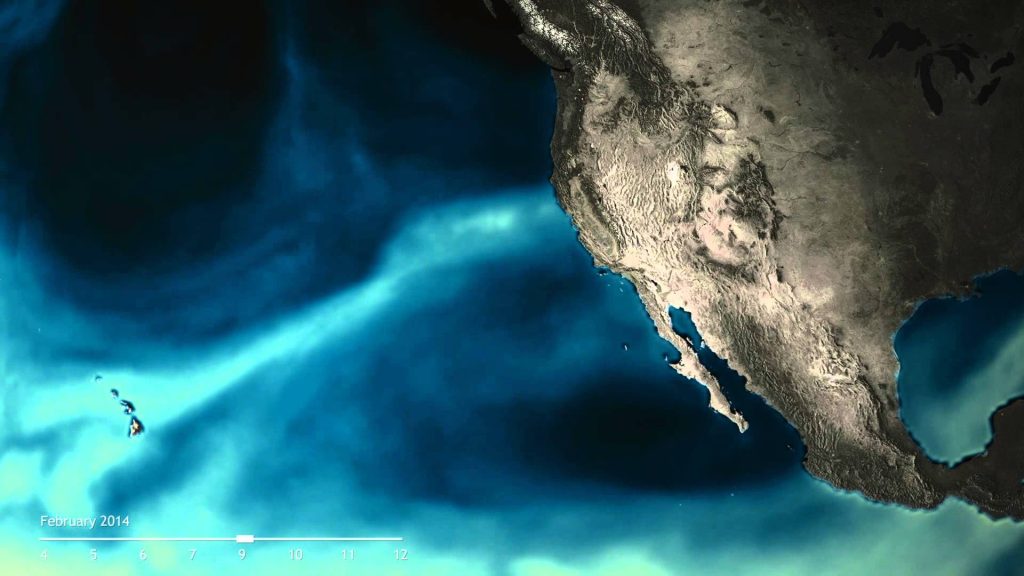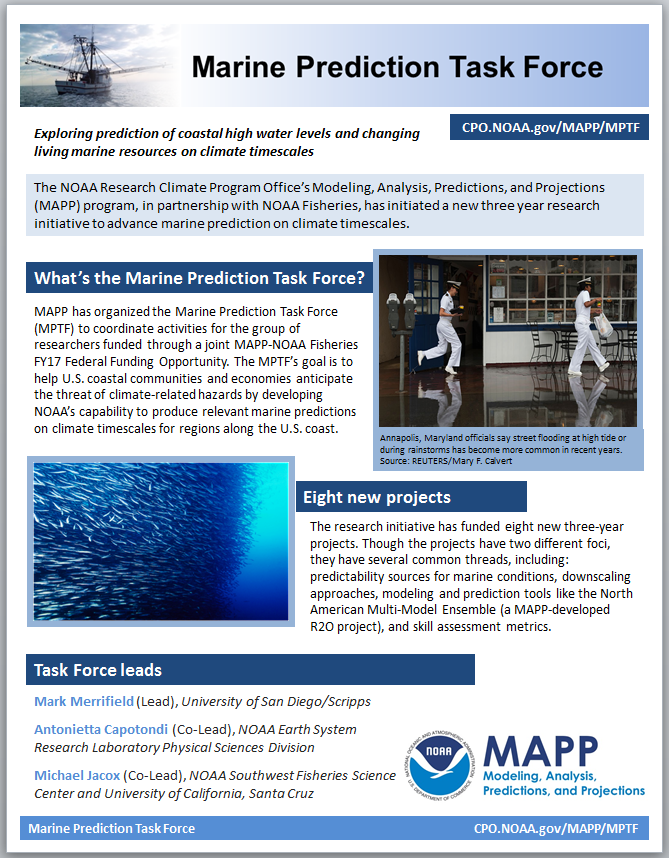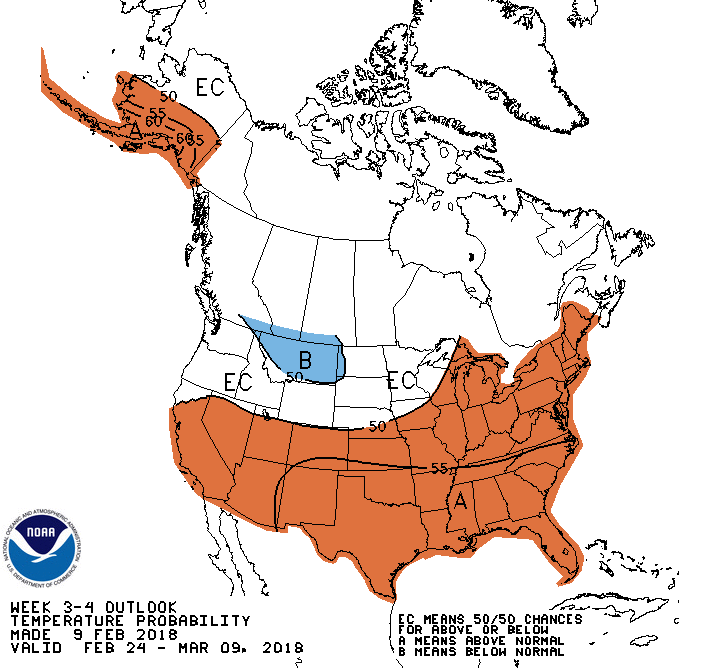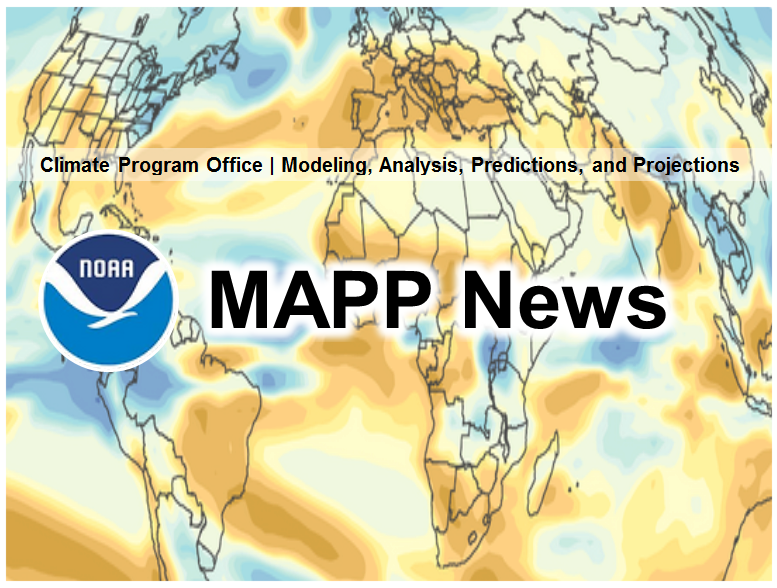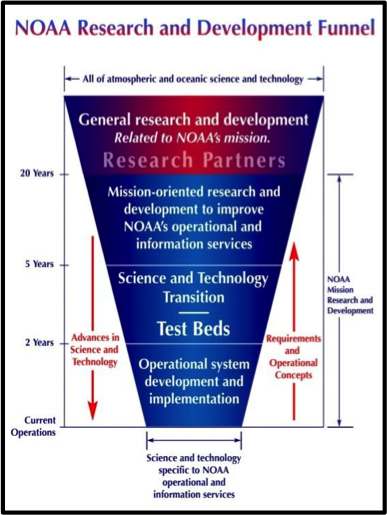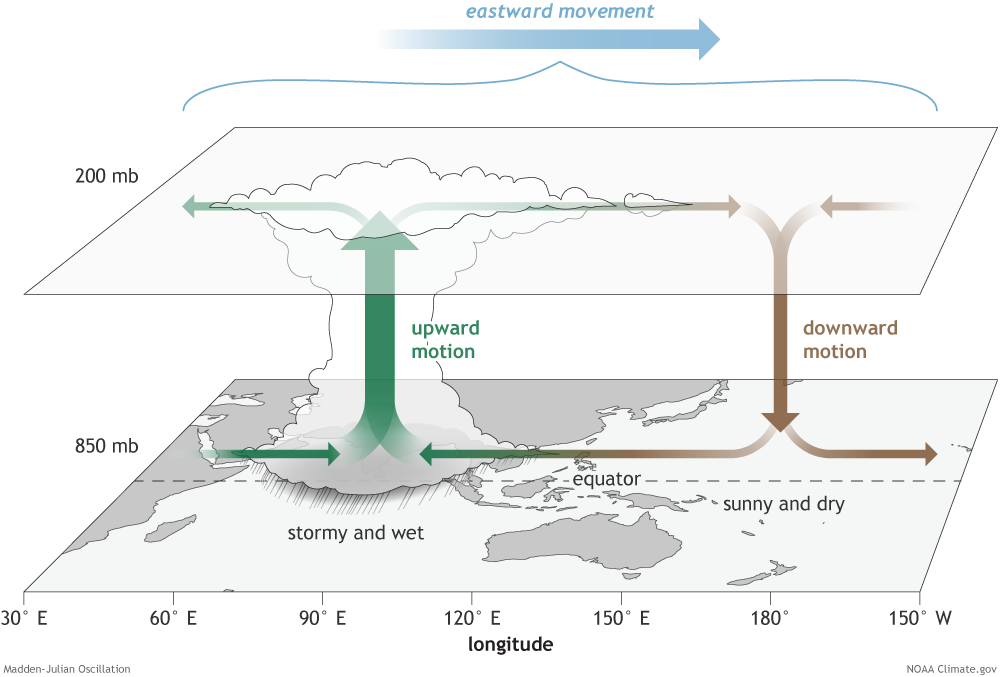The Experts Weigh In: How To Close the Gap Between Weather and Climate Predictions
Three leaders from the weather and climate research communities share their perspective on how best to address the subseasonal to seasonal prediction challenge in a new open-access paper in Nature Partner Journals – Climate and Atmospheric Science. The authors include Annarita Mariotti, Director of the NOAA MAPP Program, as well as Paolo Ruti and Michel Rixen, who coordinate research for the World Weather Research Program (WWRP) and World Climate Research Program (WCRP), respectively.
The Experts Weigh In: How To Close the Gap Between Weather and Climate Predictions Read More »



